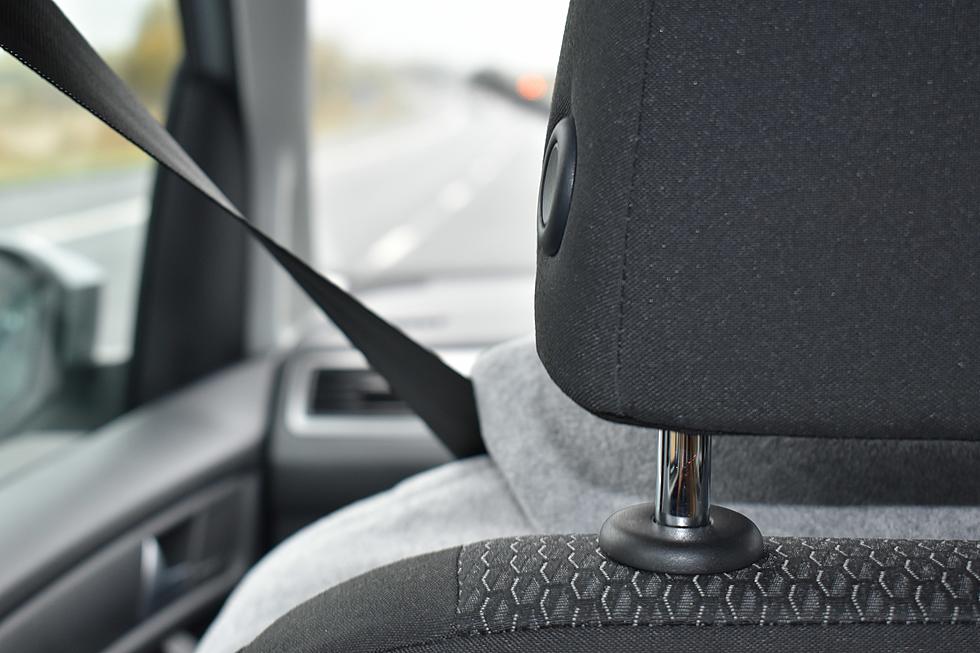
Who Knew This Made You Exempt From Having To Wear A Seat Belt In Minnesota?
Seat belts are an important safety feature that is not only important, but also legally required in almost all cases.
The Minnesota Department of Public Safety stresses that Minnesota's seat belt law is a primary offense, which means you can be pulled over if anyone in the vehicle isn't properly buckled up.
Drivers can be ticketed for each person under 14 years old in their vehicle, while everyone in the vehicle who is 15 or older will be ticketed individually if not wearing a seat belt.
There are a small handful of exceptions to this seat belt law, however. One of them might surprise you.
NOTE: I am not sharing this to encourage you not to wear a seat belt or to help you find a loophole to get out of wearing a seatbelt or to get out of a ticket.
When is it okay to not wear a seat belt in Minnesota?
Legally speaking, there are a small handful of exceptions to Minnesota's seat belt law.
READ MORE: This is where deer vs. car collisions are most common in Minnesota
Examples of exceptions cited in Minnesota Statute include the following:
- Someone riding in a vehicle in which all the seating positions equipped with safety belts are occupied by other people wearing those seatbelts
- Someone who has a written certificate from a licensed physician to verify that because of medical unfitness or physical disability, the person is unable to wear a seat belt
- Someone actively engaged in work that requires the person to leave and get back into their vehicle at frequent intervals while also traveling at speeds slower than 25 miles per hour while engaging in this work
- A rural mail carrier of the U.S. Postal Service or a newspaper delivery person while performing their delivery duties
- Someone driving or riding in a passenger vehicle made before January 1, 1965
- Someone driving or riding in a pickup truck while engaged in normal farming work or activity
You could say those all make sense. Then there's this one.
The only other exception listed in state statute is that a person driving a passenger vehicle in reverse is not required to wear a seat belt.
The main spirit of this exception is likely because most people are driving slowly while in reverse. Or maybe because they need to be able to move more freely to see behind them (or perhaps a combination of the two). But I had no idea that was the case.

I guess I always operate under the assumption if I get into a vehicle, I fasten the seat belt, and then get moving - no matter what direction I'm driving.
With modern technology like cameras and sensors in most newer vehicles, many people probably find the need to be able to more freely turn to see behind them as less important.
Add that to the fact that most people will quickly be shifting into drive and hitting the road after spending their time in reverse, it's probably best just to do the seat belt fastening before putting your vehicle in gear at all, if possible. Less chance of forgetting to buckle up that way.
Deadliest and Most Dangerous Minnesota Counties For Deer Crashes
Gallery Credit: Nick Cooper
More From MIX 108









